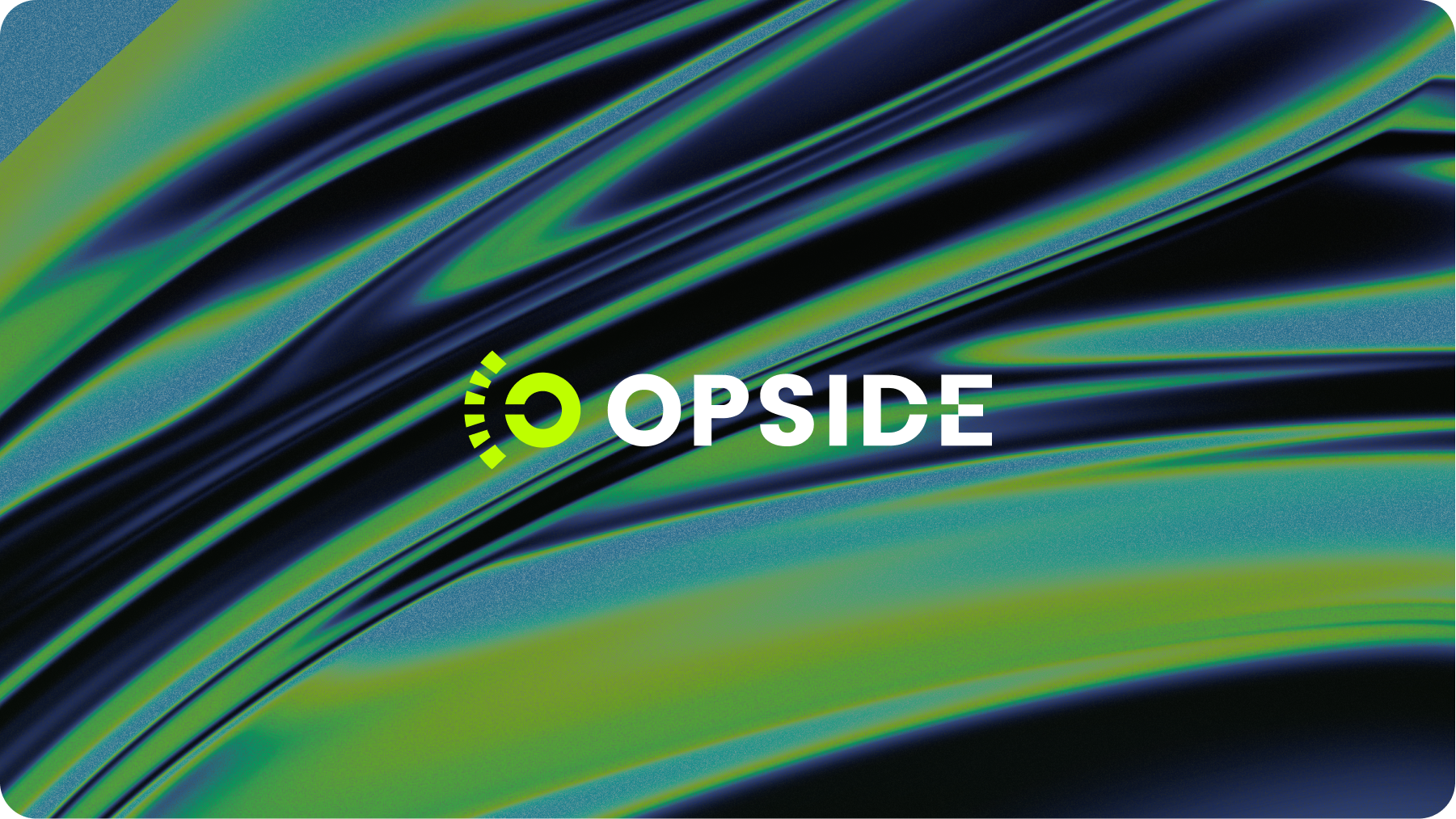Introduction
Opside is a cutting-edge zkRollup-as-a-Service (ZK-RaaS) platform that enhances the performance, security, and scalability of decentralized applications (dApps) with its three-layered architecture and Zero-Knowledge (ZK) technology. This article serves as a comprehensive guide for developers looking to build on Opside.
Decentralized ZK-RaaS
Opside Layer3, aka the Rollup Layer, is a scaling solution that executes transactions off-chain, so it doesn’t have to compete for precious Execution Layer block space. Rollup offloads the expensive transaction process from on-chain to off-chain while placing verification results on-chain, thus enabling scalability. After a transaction is executed, a batch of transaction data or proof of execution is sent to the Execution Layer, where it is validated and finalized. Therefore, the Rollup scaling solution is protected by the same security measures as the Execution layer, which acts as the source of truth for the Rollups.
A zero-knowledge EVM (zkEVM) recreates existing EVM opcodes for proving/verification in circuits, allowing for executing smart contracts in a ZK-friendly environment. Opside L3 uses several zkEVM that can efficiently verify the correctness of program execution to cater to the different requirements of dapps.
To be specific, Opside Layer3 will be composed of the following types of ZK-Rollup environments:
General-Use Environment
The general-use environment is the place for ordinary users and developers to interact with Opside Layer3. In order to ensure a safe, stable, and reliable zkEVM to run the general-use rollup, Opside proceeds from two aspects:
1. Continue to follow up on and study the open-source zkEVM projects currently on the market, including Polygon Hermez, Scroll, Taiko and etc. Opside will selectively integrate these projects according to each project’s features and specific conditions (like open source degree and code stability).
2. Opside also has a strong relationship with ZKWasm, an under-development ZKWASM-based scaling framework that is designed to be friendly to apps from the traditional Webassembly community, including web, gaming, and social applications.
App-Specific Environment
Regarding App-specific Rollups, Opside will provide independent execution environments for projects in need through specialized configuration and optimization to meet the various needs of their Apps in terms of performance and economic models. Since valid zero-knowledge proofs still need to be submitted to L2, these customized changes will not affect the security of this type of rollup. Such Rollups will also be registered in L2 Rollup Slots and enjoy additional features, including cross-rollup communication, precompiled ZKP verification contracts and etc.
Opside also plans to design and implement application-specific circuits for these app-specific rollups. The team will modify rollups’ underlying circuits and operation codes to make them more suitable for the applications’ operation logic. This modification trades some common but unnecessary operations for less runtime overhead.
Also known as the Rollup Layer, Opside Layer 3 is a scaling solution that processes transactions off-chain, freeing up valuable block space on the Execution Layer. This approach enables greater scalability and efficiency. Opside Layer 3 features two types of ZK-Rollup environments: General-Use Environment for ordinary users and developers, and App-Specific Environment for dedicated project execution.
Advantages
Developers can build dApps on Opside’s L3 rollup chain, benefitting from a high-throughput, low-fee environment without the need for infrastructure maintenance. Existing EVM-compatible applications can be easily migrated to Opside L3, and developers familiar with Ethereum or other EVM-compatible L1 platforms can utilize their existing resources.
The advantages of Opside:
1. ZK-RaaS. ZK-Rollup has advantages that OpStack do not have: more secure, more trustless, and faster withdrawals.
2. Hardware support. Developers do not need to bear any hardware costs.
3. 0 gas fee. Developers are free to adjust the gas token and gas fee, even to 0. Thus, users do not need to pay any fees.
4. Fully on-chain. All the project data, including games, financial derivatives, and social networks, can be fully on-chain.
5. EVM compatible. We will introduce multiple zkEVM SDK, including Polygon zkEVM, Scroll, zkSync, StarkNet, etc.
6. Sovereignty. Developers have sovereignty over ZK-Rollup and can customize the rollup economic model, such as the 0 gas fee mentioned above.
7. Cross-rollup communication. Layer 3 ZK-Rollups will share the same interface specification and data results, realizing native cross-rollup communication.
8. More decentralized. Opside adopts ETH2.0 PoS consensus and will have more than 100k validators.
Support
Developers seeking support with deploying on the Opside L3 Testnet can reach out to the Opside support team via the Opside Discord server. Building on app-specific zkRollups is similar to the general-use Rollup, with the only difference being the use of unique RPC endpoints and contract information.
For more detailed info, please go to: https://docs.opside.network/developers/building-on-general-use-opside-zkrollup



